Introduction
Indoor accidents can be frustrating, but they’re also one of the most common issues dog owners face — especially with puppies, rescues, or senior dogs. The good news? With a little patience, consistency, and structure, you can help your dog learn where (and when) to go.
Jump to:
- Why Dogs Pee Inside
- House Training Tips That Work
- What to Do When You Catch Them
- Products That Can Help
- FAQs
Why Dogs Pee Inside

Understanding the root cause is key to solving the issue. Dogs might pee indoors due to:
- Puppy age – they simply haven’t learned bladder control yet.
- Inconsistent routine – irregular feeding and potty breaks cause confusion.
- Territorial marking – especially in multi-dog homes or with new surroundings.
- Separation anxiety – nervous dogs may urinate when left alone.
- Medical issues – such as UTIs or incontinence, especially in older dogs.
- Improper cleaning – lingering smells encourage repeat accidents.
House Training Tips That Work
Once you’ve ruled out medical problems, follow these training fundamentals:
- Stick to a schedule: Feed and walk your dog at the same times daily.
- Supervise closely: Keep an eye on them indoors or use a crate when unattended.
- Take them out frequently: Especially after meals, naps, and playtime.
- Reward right away: Praise and treat them immediately after they pee outside.
- Don’t punish accidents: It can increase anxiety and make things worse.
What to Do When You Catch Them

If you catch your dog in the act, calmly interrupt them (e.g. clap once), and take them straight outside. Reward them if they finish outdoors. Never yell or scold after the fact — dogs won’t connect it to the accident.
Products That Can Help
- Enzymatic cleaners: These break down urine on a molecular level to remove odours.
- Crates and pens: Help prevent accidents when you can’t supervise.
- Potty bells: Teach your dog to signal when they need to go out.
- Training pads: Useful for puppies or dogs in apartments, though best phased out over time.
FAQs
Why is my fully trained dog suddenly peeing inside?
This could be a sign of a medical issue or stress. Have your vet rule out infections or incontinence. Changes at home (like a new baby or pet) can also trigger it.
How long does house training take?
Most puppies are reliably trained between 4–6 months of age, but it varies by breed, consistency, and routine. Rescues or older dogs may take longer.
Should I rub my dog’s nose in their mess?
No. This is outdated and ineffective. It only causes fear, confusion, and anxiety, and doesn’t teach the right behaviour.
Can dogs grow out of indoor peeing?
Not without training. Dogs need structure and reinforcement to learn proper toilet habits.
How can I clean dog urine effectively?
Use an enzymatic pet cleaner — standard disinfectants don’t remove the scent markers dogs detect.
Is crate training helpful for housebreaking?
Yes, if used correctly. Dogs naturally avoid soiling their sleeping area, which helps encourage holding until let out.
How do I stop marking behaviour?
Neutering can reduce marking, as can eliminating trigger smells and reinforcing proper toileting outdoors.
Can anxiety cause indoor accidents?
Absolutely. Separation anxiety or fear can lead to loss of control. Addressing the anxiety often reduces the accidents.
What if my dog only pees at night indoors?
Try a later potty break before bed, or consider limiting water intake a few hours before sleep (under vet guidance).
Is it too late to house train an adult dog?
No! Adult dogs are fully capable of learning. It just takes consistency, clear routine, and plenty of patience.


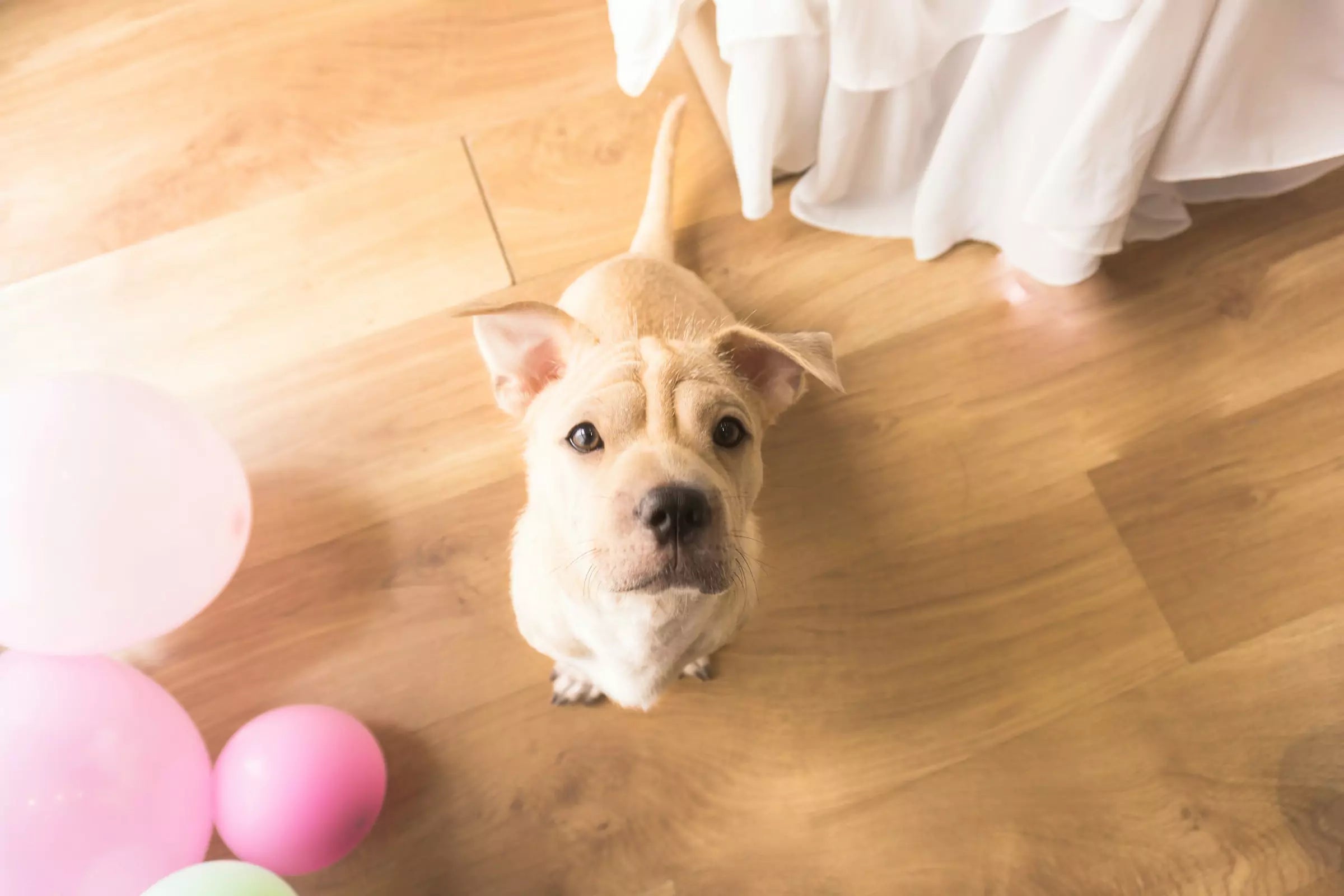
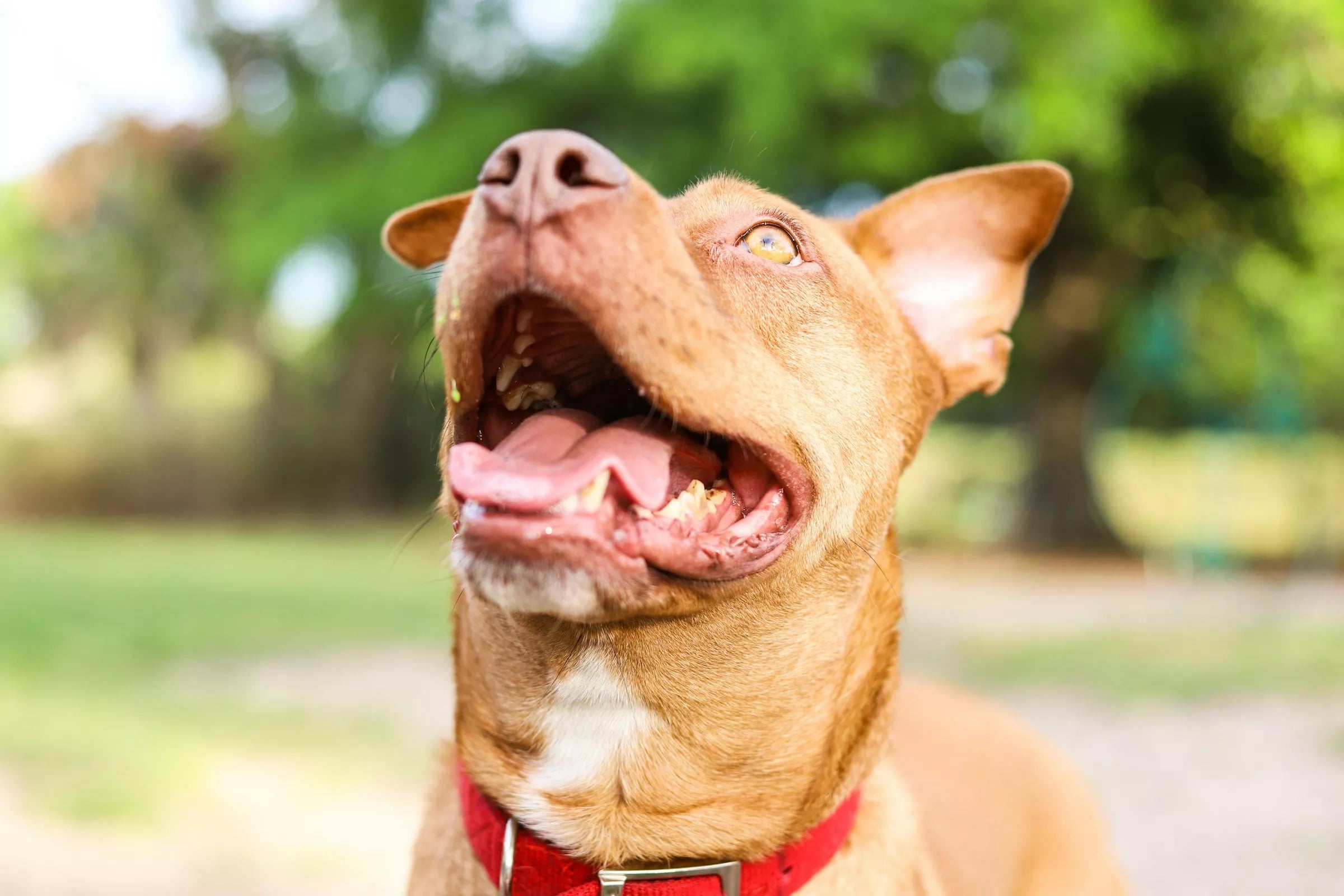

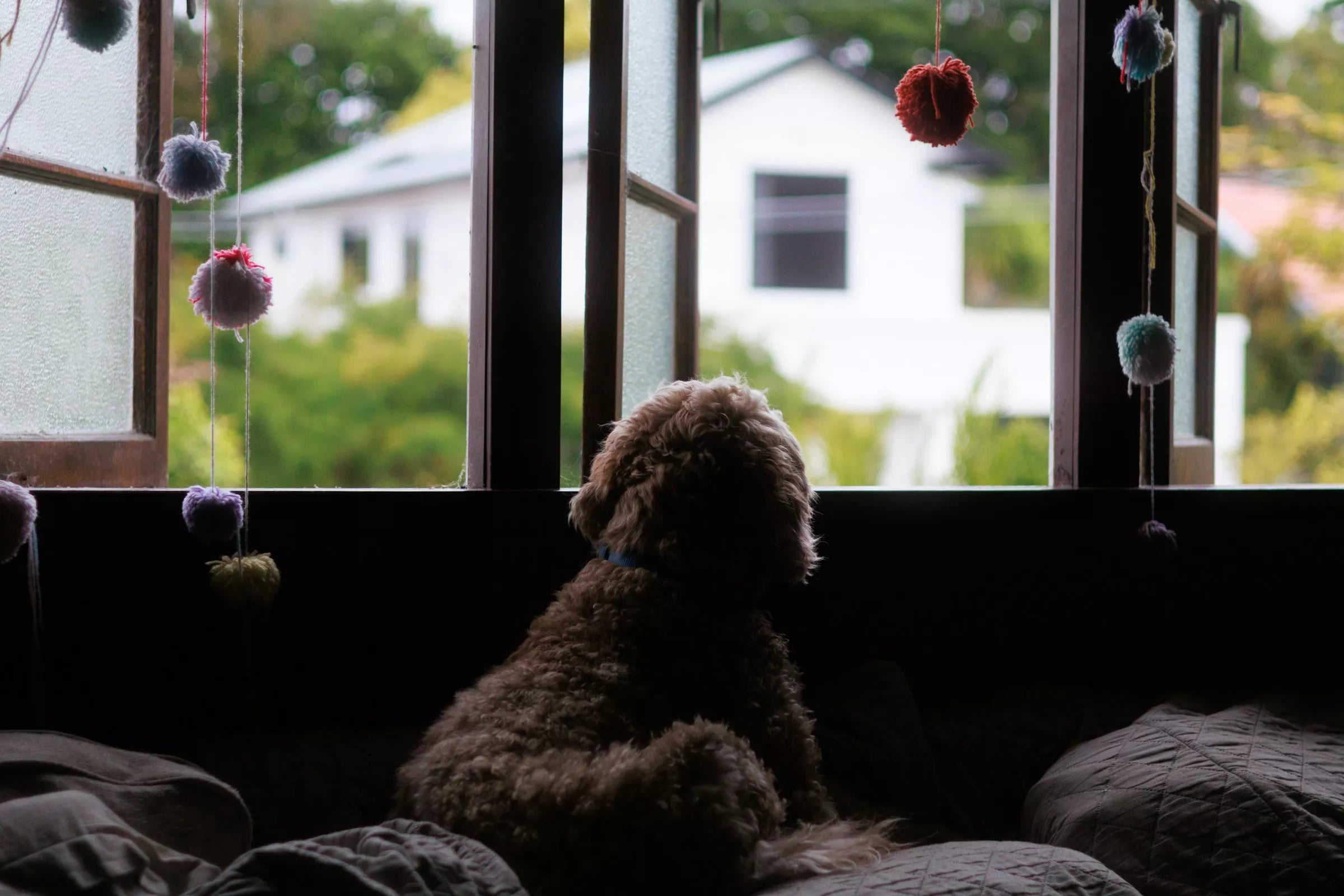
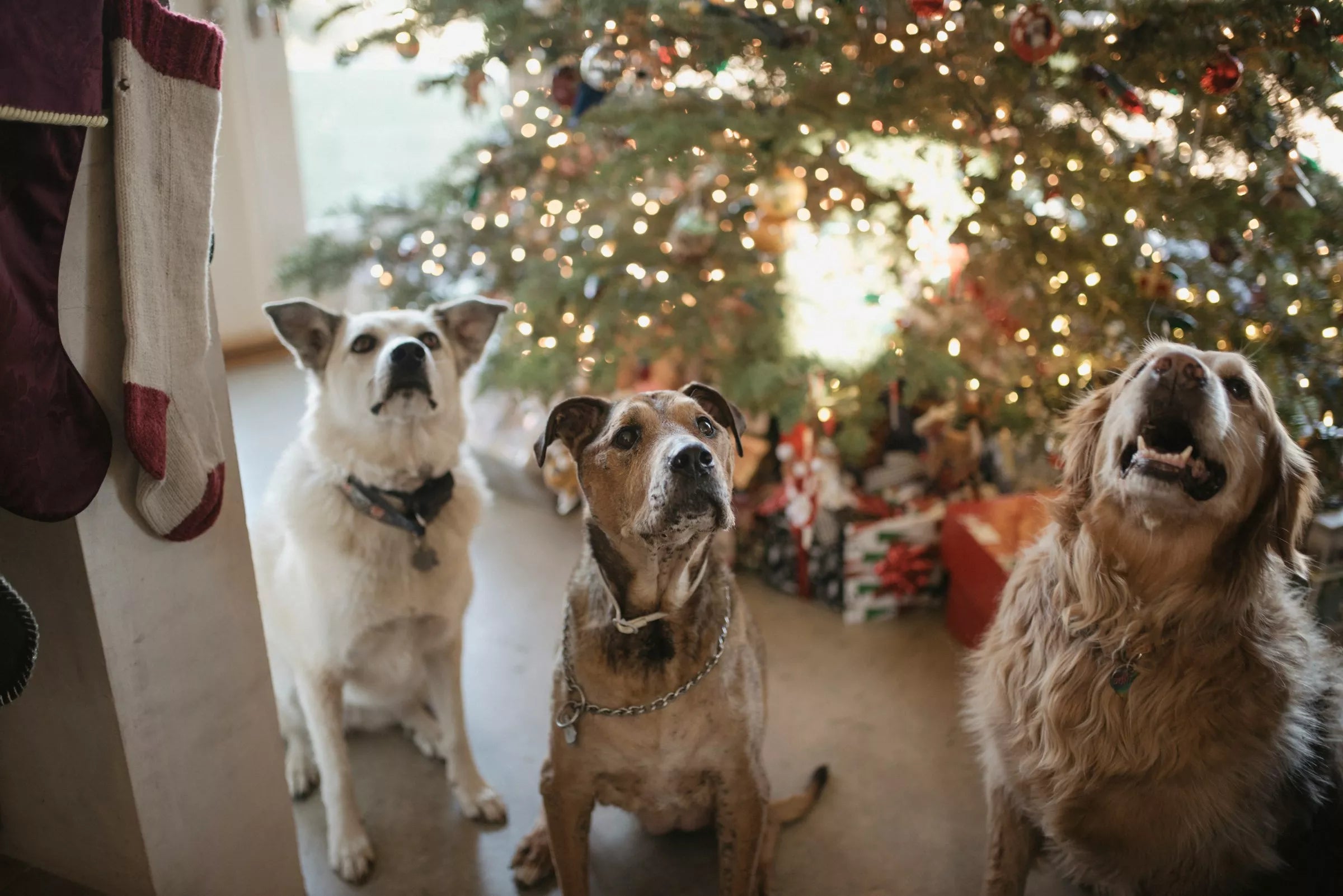
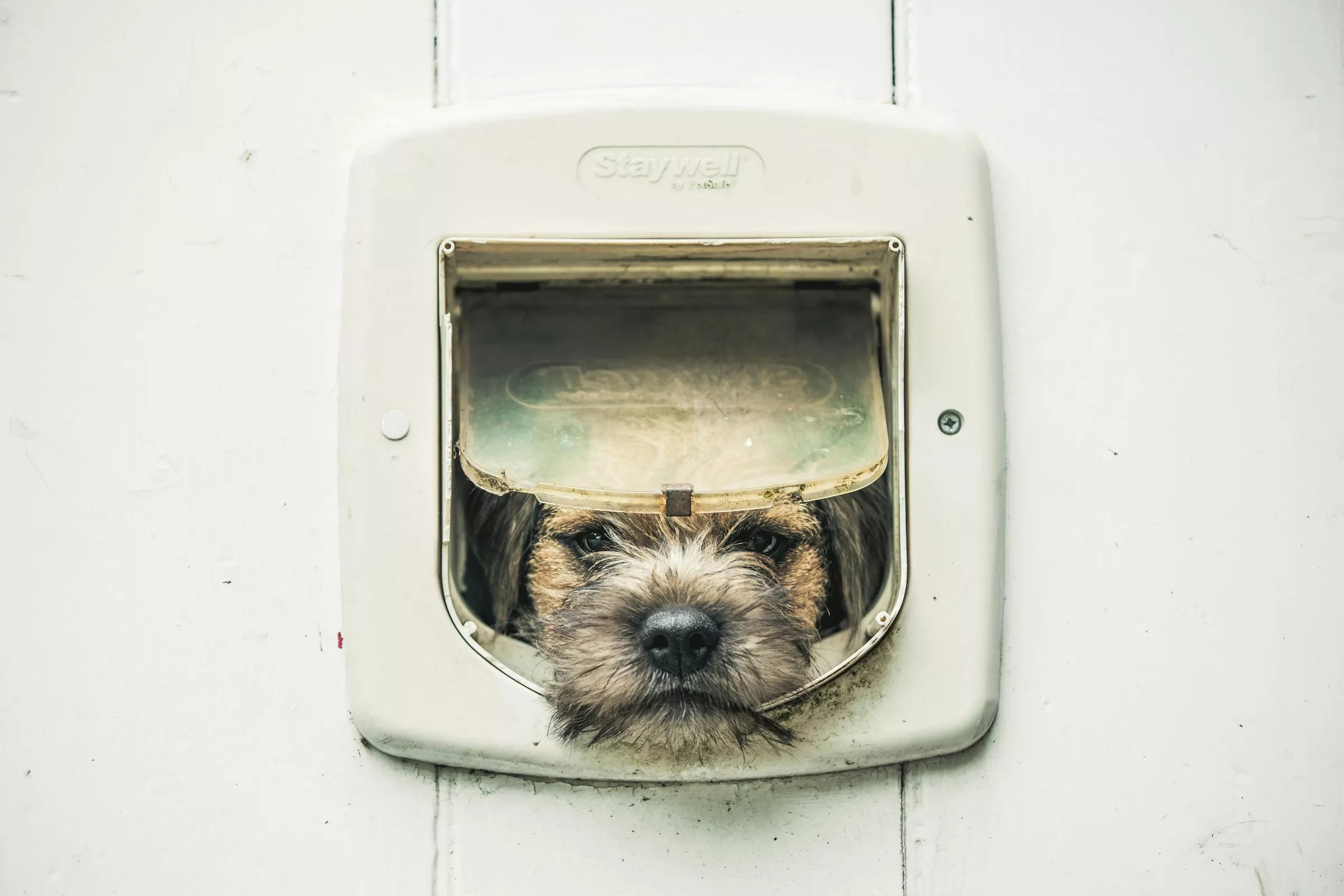
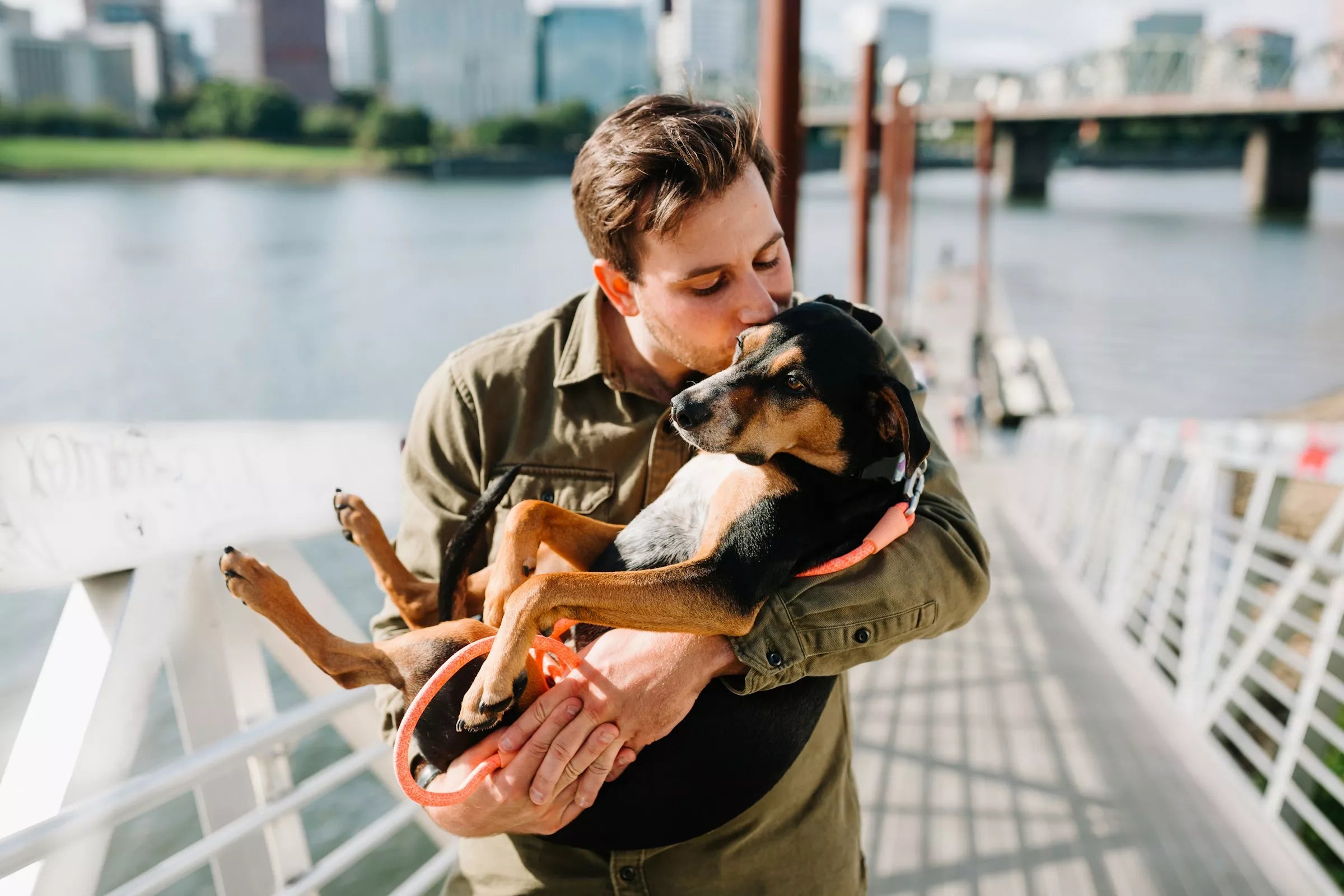






Share:
Will My Dog Ever Calm Down?
Which Is the Healthiest Meat for Dogs?